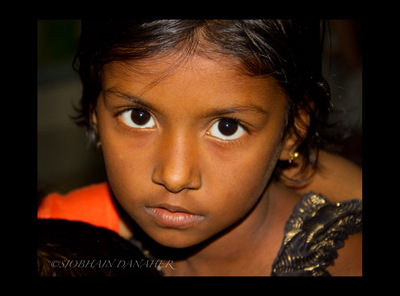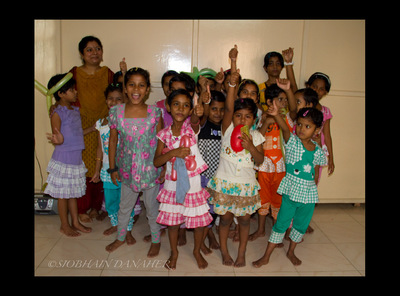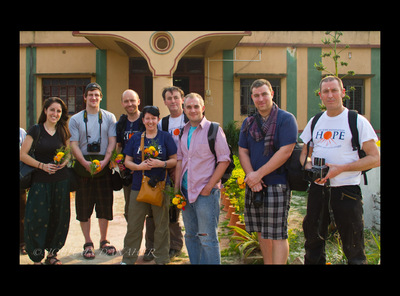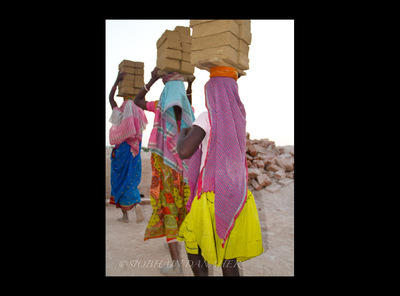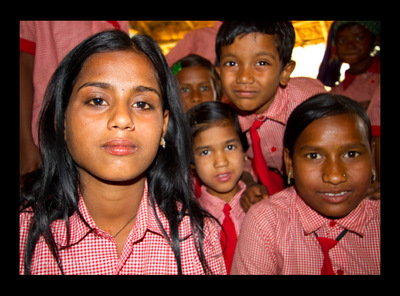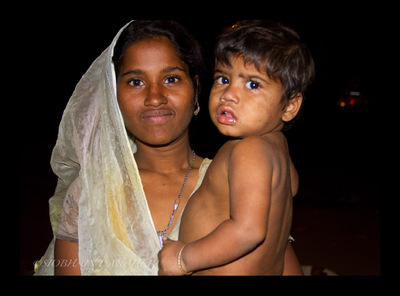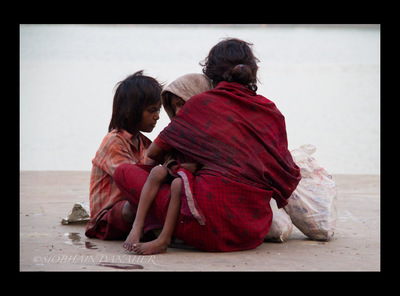
As we who are blessed enough to be reading this article sit comfortably at our computers debating whether or not women really can have it all, millions of girls around the world confront a far more fundamental question each day: Will I survive? Will I find food and shelter for the night? Will I be forced to labor as a brick builder, paper sorter, or child prostitute?
Tragically, as the Penn State scandal demonstrates, the issue of child abuse plagues America and every other nation. But a February 2012 report from the United Nations concluded that the most dangerous place in the world to be born a girl is India.
The UN statistics revealed that females in India are nearly twice as likely as males to die before the age of five. Experts said the figures reflect widespread discrimination against girls, ranging from neglect, malnutrition, and denial of medical treatment, to abuse and killing of unwanted female infants.
The HOPE Foundation operates homes for street kids, a hospital, a medical clinic in the slums, an emergency response team, and a vocational training program for former sex workers in Kolkata, India. Since 2004, for just $400 a year, I have sponsored a girl named Rama to live, eat, and be educated at the HOPE Girls' Home. Volunteers from HOPE's Night Watch program rescued her as a nine year-old just days before her grandmother would have sold her into sex slavery. She is now 17 and about to receive her high school diploma.
This past week, I spoke with J.P. O'Sullivan, Program Manager for HOPE, about his recent visit to Kolkata with a team of seven Irish photographers including Siobhain Danaher, who provided the striking images for this post. The intention of the expedition was to increase awareness of child labor in India -- in particular the plight of its poorest and most vulnerable girls -- and to raise funds for HOPE's programs.
The stories from that journey, which follow in J.P.'s own words, will break your heart. But they also provide inspiration for what is possible when people come together with a similar purpose: to be agents of change.
We visited an area where child laborers slave from sunup to sundown seven days a week to make bricks. Adolescent and preteen girls did backbreaking physical labor: carrying 10-12 bricks, each weighing over three pounds, on their heads to and from a kiln. Not only that, the girls ran over half a mile in the sweltering 90 degree-plus heat with each load.
The girls got paid at the rate of approximately $9 for every 600 bricks they produced, which worked out to about a dollar a day. A dozen or more girls lived together in each dormitory room, and they were fed vegetables and rice each day. They had no education, no parents living with them, and no days off.
Next we traveled to rural West Bengal. Several years ago, HOPE staffers realized that few girls were attending the local school, especially after reaching puberty, because it had no toilet facilities. HOPE organized a team of 35 scouting volunteers to travel from Ireland for a week to build a school with bathrooms and a communal kitchen. On this trip, we were delighted to see dozens of girls now attending the school as a direct result of having access to toilets.
Lack of sanitation facilities at schools is a common problem impeding girls in many parts of the world from receiving an education -- and one that can easily be solved with your help.
Back in Kolkata, social workers took us to a 10x6 foot building that looked like a storage shed -- no windows, just one door. There were three women inside working around a single gas lamp, surrounded by piles and piles of shredded paper. The smell of glue made me lightheaded.
The women's job was to separate any shredded strips of paper that had color on them from those that were white. They then glued the colored strips together for further recycling. This was their full-time job.
We interviewed the women with the help of an interpreter and social worker. The youngest was 14; the other two were her mother and grandmother. They all had been doing this work since the age of seven.
I asked the girl, "Are you happy? Do you have any plans for the future?"
The girl shrugged. "I hope to get married soon. I imagine my daughter will work here, too."
She was resigned to the fact that this was it. She had no hope of a better life, no vision of a different future.
HOPE Foundation has created a Vocational Training Institute in Kolkata to help women like these escape the cycle of child labor and poverty. Being able to earn a living from a valued skill offers a long-term solution for the individuals who attend. HOPE's holistic approach means we can also help their children to receive healthcare and an education.
The Vocational Training unit works primarily with girls and mothers aged 16 to 25 years old. This age is a key time of self-discovery and self-development. The main trades taught are: Tailoring, Fabric, Tie and Dye, Embroidery, Bakery, Catering, Computers, and Beautician Skills.
One evening, we visited Kolkata's red light district, where the 2004 documentary "Born into Brothels" was filmed. It was packed with people like a shopping mall. We passed by benches where sex workers sat waiting to be chosen -- many of them children. I saw Westerners and local men walking through, grabbing young girls by the hand, and leading them off to wherever.
I suppose that experience hammered home the importance of what HOPE does and how it has rescued so many children from the streets. On the other hand, it made me stop and wonder: In my lifetime, will I ever see an end to this? Sadly, I don't know the answer. It's not necessarily anything the government or an NGO can solve; it's the mentality of people around the world who view children and women as objects that can be bought and sold that needs to change.
HOPE is not an NGO just giving handouts. We're a development organization -- imparting knowledge and information, building systems to re-educate people, and offering support to local NGOs in their work.
You can help by donating to HOPE Foundation or organizing your own volunteer project -- in India, or right in your backyard, in your local community. Everyone can, in some way, make a contribution to improving life for those with the least opportunities.
Photo credit: Siobhain Danaher
